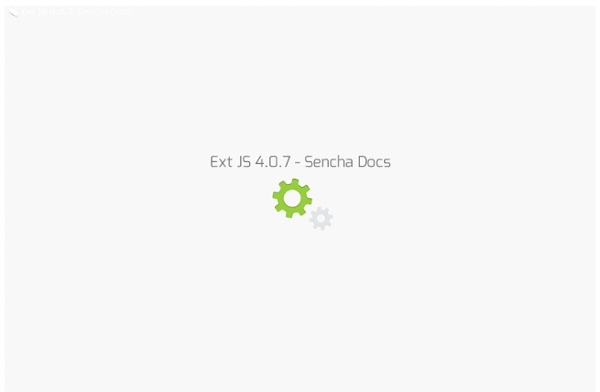



Saki's Ext Examples Page Layouts in Ext JS Exclusive offer: get 50% off this eBook here Learning Ext JS — Save 50% Build dynamic, desktop-style user interfaces for your data-driven web applications by Colin Ramsay Shea Frederick Steve 'Cutter' Blades | November 2008 | AJAX Open Source A Layout turns your forms, grids, and other widgets into a true web application. To keep looks consistent between browsers, and to provide common user interface features, Ext JS has a powerful layout management system. In this article by Shea Frederick, Steve 'Cutter' Blades, and Colin Ramsay, we will learn to: Lay out an application style screenCreate tabbed sectionsManage Ext widgets within a layoutLearn advanced and nested layouts What are layouts, regions, and viewports? Ext uses Panels, which are the basis of most layouts. A viewport has regions that are laid out in the same way as a compass, with North,South, East and West regions—the Center region represents what's left over in the middle. Now we have a layout with all five regions defined. if (!
Saki's Blog extjs : Ed Spencer Last week we unveiled a the brand new class system coming in Ext JS 4. If you haven’t seen the new system in action I hope you’ll take a look at the blog post on sencha.com and check out the live demo. Today we’re going to dig a little deeper into the class system to see how it actually works. To briefly recap, the new class system enables us to define classes like this: Here we’ve set up a slightly simplified version of the Ext.Window class. We’ve set Window up to be a subclass of Panel, declared that it requires the Ext.Tool class and that it mixes in functionality from the Ext.util.Draggable class. There are a few new things here so we’ll attack them one at a time. The ‘mixins’ declaration is a brand new concept when it comes to Ext JS. When we create a new Ext.Window instance now, we can call the function that was mixed in from Ext.util.Draggable: The last new piece of functionality I’ll mention briefly is the ‘config’ declaration. Digging Deeper Like this: Like Loading...